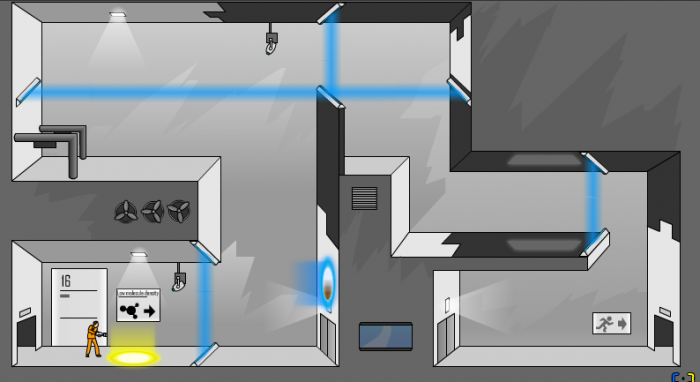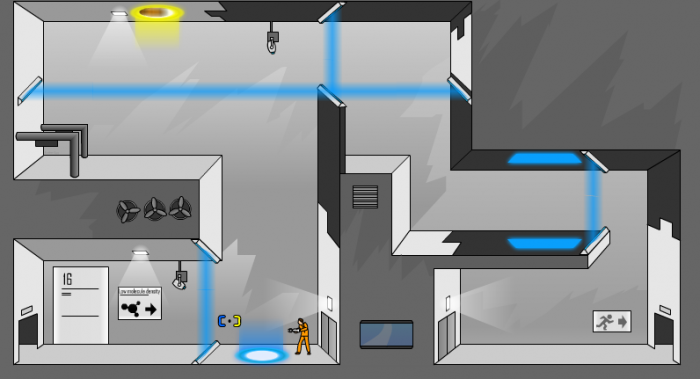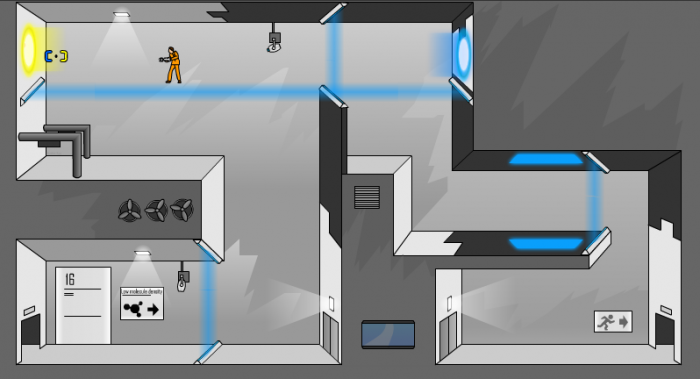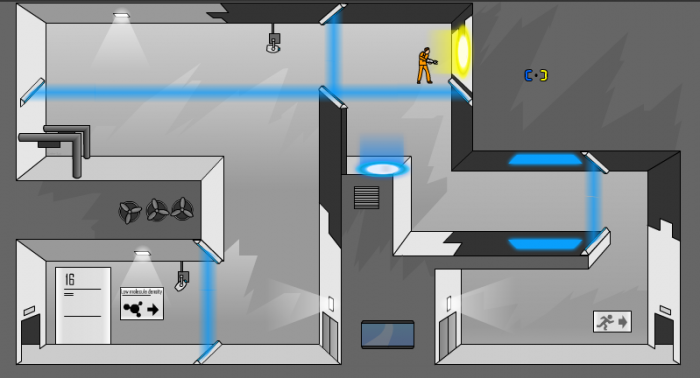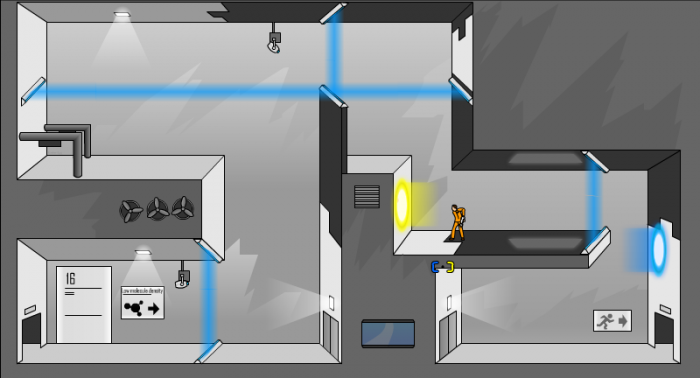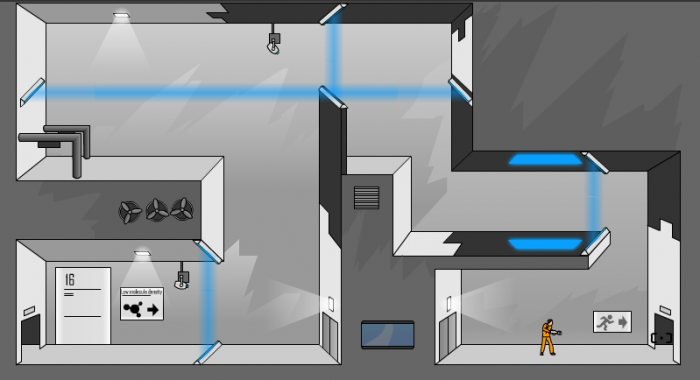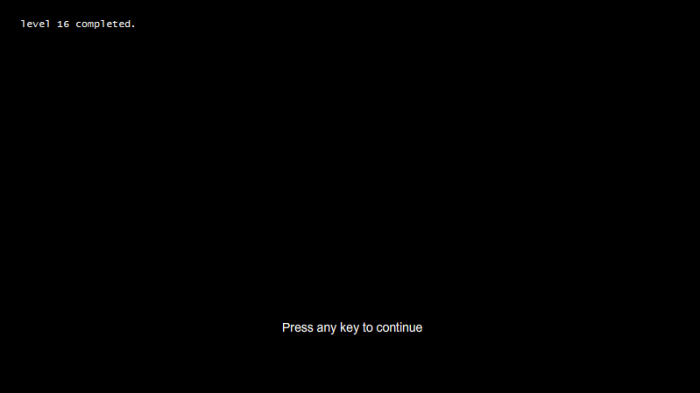I’ve been challenged recently to provide research which supports "unassisted discovery" over more traditional techniques for teaching math. This is not possible, as there are no teachers actually using "unassisted discovery" in their classrooms.
First, it is not possible to engage in the act of "unassisted discovery" as a student. Just knowing the language to describe what you are working on is a clear sign that at the very least you have the support of your language and culture in whatever you attempt.
Second, if a teacher has chosen the activity for you, or designed the learning objects you will be using, then they have given you an enormous amount of help by choosing the space in which you will be learning. Even Seymour Papert’s work with Logo was assisted discovery, after all, Logo is itself going to direct the inquiry toward what is possible to do with the language.
I can’t give examples of research which supports unassisted discovery, but I can give research which supports discovery learning in general. Without searching too hard, I found the following supportive research:
Bonawitza, Shaftob, Gweonc, Goodmand, Spelkee, Schulzc (2011) discovered that if you tell children how a toy works, they are less likely to discover additional capabilities of the toy than if you just give it to them, suggesting that direct instruction is efficient but comes at a cost: "children are less likely to perform potentially irrelevant actions but also less likely to discover novel information."
Chung (2004) discovered "no statistically signicant differences" between students who learned with a discovery based approach based on Constructivist learning principles as compared to a more traditionalist approach.
Cobb, Wood, Yackel, Nicholls, Wheatley, Trigatti, and Perlwitz (1991) discovered that students who learned mathematics through a project based approach for an entire year had similar computational fluency compared to a more traditional approach, but "students had higher levels of conceptual understanding in mathematics; held stronger beliefs about the importance of understanding and collaborating; and attributed less importance to conforming to the solution methods of others, competitiveness, and task-extrinsic reasons for success."
Downing, Ning, and Shin (2011) similarly found that a problem based learning approach to learning was more effective than traditional methods.
Wirkala and Kuhn (2011) very recently discovered that students who learned via problem based learning "showed superior mastery…relative to the lecture condition."
In a meta-study of nearly 200 other studies on student use of calculators in the classroom the NCTM concluded that "found that the body of research consistently shows that the use of calculators in the teaching and learning of mathematics does not contribute to any negative outcomes for skill development or procedural proficiency, but instead enhances the understanding of mathematics concepts and student orientation toward mathematics." (I’ve included this piece of research since many traditionalists oppose the use of calculators in mathematics education.)
Keith Devlin, in his book The Math Instinct, cited research by Jean Lave which found that people had highly accurate algorithms for doing supermarket math which were not at all related to the school math which they learned. In fact, people were able to solve supermarket math problems in the market itself with a 93% success rate, but when face with the exact same mathematics in a more traditional test format only answered 44% of the questions correctly. Later in the same chapter of his book, Devlin revealed more research suggesting that the longer people were out of school, the more successful they were at solving supermarket math questions.
It should also be noted that this discussion on what should be done to improve mathematics education shouldn’t be restricted to either traditional mathematics education, or discovery based methods, but that we should look at all of our possible options.
